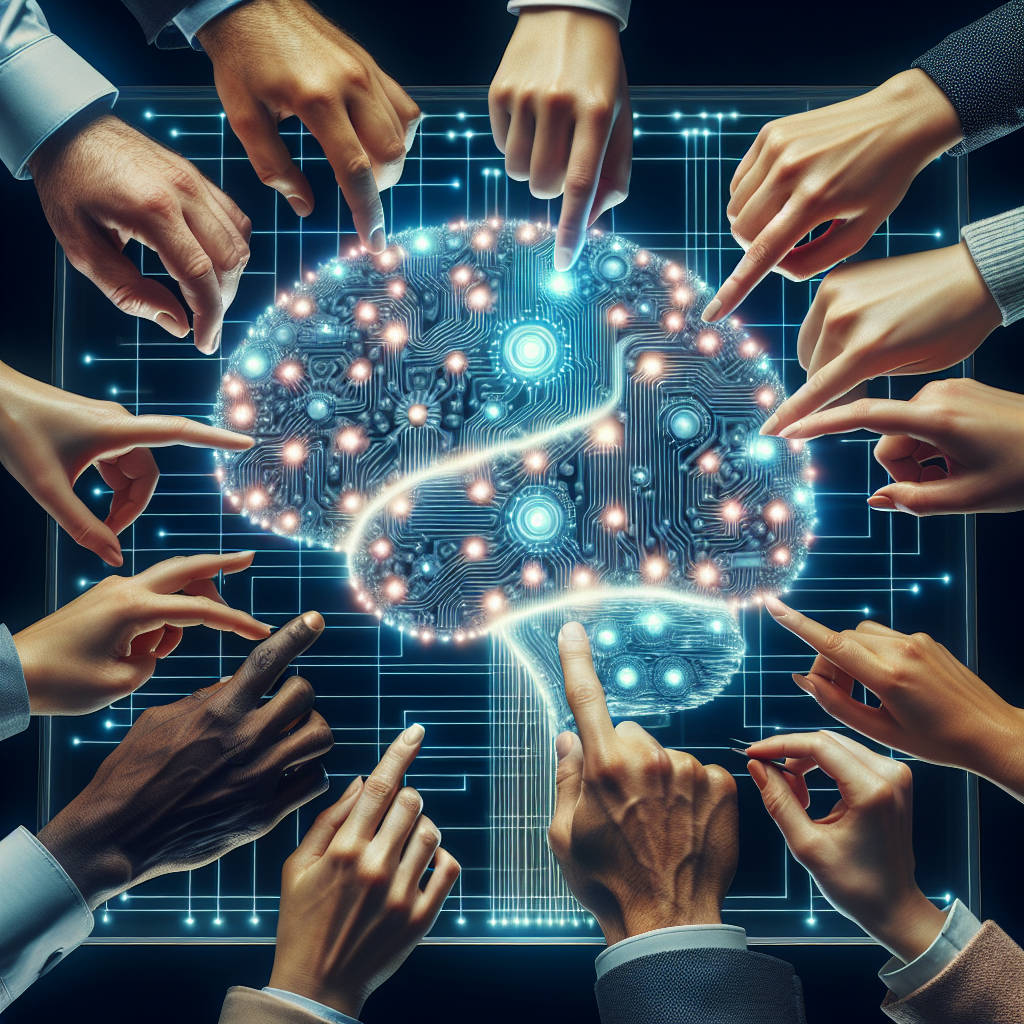Artificial Intelligence (AI) has become an increasingly important aspect of modern technology, with applications ranging from voice assistants like Siri to self-driving cars. However, as AI becomes more prevalent, concerns about bias in its development are becoming more prominent.
Bias in AI refers to the idea that the algorithms and data used to train AI systems may reflect or perpetuate unfair prejudices. This can lead to discriminatory outcomes in areas such as hiring, lending, and criminal justice. Addressing bias in AI development is crucial to ensure that these systems are fair and equitable for all users.
There are several challenges associated with addressing bias in AI development. These challenges include the complexity of AI algorithms, the lack of diverse data, and the difficulty of defining and measuring bias. In this article, we will explore these challenges in more detail and discuss potential solutions for mitigating bias in AI systems.
Complexity of AI Algorithms
One of the primary challenges in addressing bias in AI development is the complexity of the algorithms themselves. AI systems are often based on deep learning models that involve multiple layers of interconnected neurons. These models can be highly complex and difficult to interpret, making it challenging to identify and mitigate biases that may be present in the underlying data.
The complexity of AI algorithms can also make it difficult to understand how biases are being perpetuated within the system. Biases can be unintentionally introduced at various stages of the AI development process, from data collection and preprocessing to model training and evaluation. Without a clear understanding of how biases are being propagated, it can be challenging to effectively address them.
One potential solution to this challenge is to develop tools and techniques for auditing and interpreting AI algorithms. Researchers are working on methods for visualizing and explaining the decisions made by AI systems, which can help developers identify biases and take steps to mitigate them. By increasing transparency and interpretability in AI algorithms, developers can better understand how biases are being introduced and propagated within the system.
Lack of Diverse Data
Another challenge in addressing bias in AI development is the lack of diverse data. AI systems are trained on large datasets that are used to teach the system how to recognize patterns and make predictions. If these datasets are not representative of the diverse populations that the AI system will be used with, biases can be inadvertently introduced into the system.
For example, if a facial recognition system is trained primarily on data from white individuals, it may have difficulty accurately recognizing faces of people of color. This can lead to discriminatory outcomes, such as misidentifying individuals or excluding certain groups from access to services.
To address this challenge, it is essential to ensure that AI developers have access to diverse and representative datasets. This can involve collecting data from a wide range of sources and populations, as well as incorporating mechanisms for detecting and correcting biases in the data. By using diverse datasets, developers can help to ensure that AI systems are more inclusive and equitable for all users.
Defining and Measuring Bias
A third challenge in addressing bias in AI development is the difficulty of defining and measuring bias. Bias can take many forms, including racial, gender, and socioeconomic biases, among others. Identifying and quantifying these biases can be a complex and subjective process, as biases can be subtle and context-dependent.
Furthermore, bias can be inherent in the data itself, making it challenging to separate bias from genuine patterns in the data. For example, historical biases in hiring practices may be reflected in the data used to train an AI system, leading to discriminatory outcomes in hiring decisions.
To address this challenge, researchers are working on developing standardized metrics and frameworks for measuring bias in AI systems. These metrics can help developers to identify and quantify biases in their models, allowing them to take targeted actions to mitigate bias. By establishing clear definitions and metrics for bias, developers can work towards creating more fair and equitable AI systems.
FAQs
Q: Can bias in AI be completely eliminated?
A: While it may be challenging to completely eliminate bias in AI systems, developers can take steps to mitigate bias and promote fairness and equity. This can involve using diverse datasets, increasing transparency in AI algorithms, and developing standardized metrics for measuring bias.
Q: How can bias in AI impact individuals and communities?
A: Bias in AI can have far-reaching impacts on individuals and communities, leading to discriminatory outcomes in areas such as hiring, lending, and criminal justice. Addressing bias in AI development is crucial to ensure that these systems are fair and equitable for all users.
Q: What are some potential solutions for addressing bias in AI development?
A: Potential solutions for addressing bias in AI development include using diverse datasets, increasing transparency in AI algorithms, and developing standardized metrics for measuring bias. By taking these steps, developers can work towards creating more fair and equitable AI systems.
In conclusion, bias in AI development presents several challenges that must be addressed to ensure that AI systems are fair and equitable for all users. By understanding the complexity of AI algorithms, using diverse datasets, and developing standardized metrics for measuring bias, developers can work towards mitigating bias and promoting fairness in AI systems. Addressing bias in AI development is crucial to building trust in AI technology and ensuring that these systems benefit all users.

